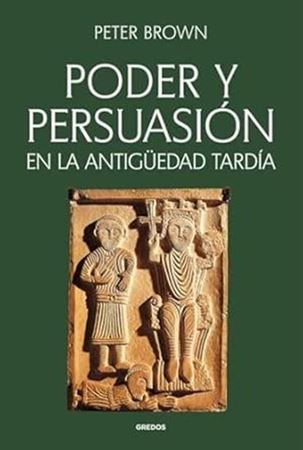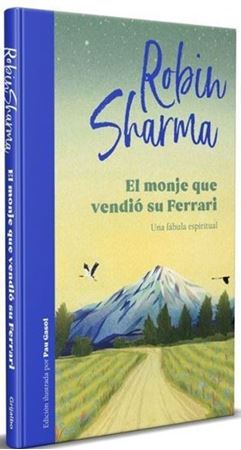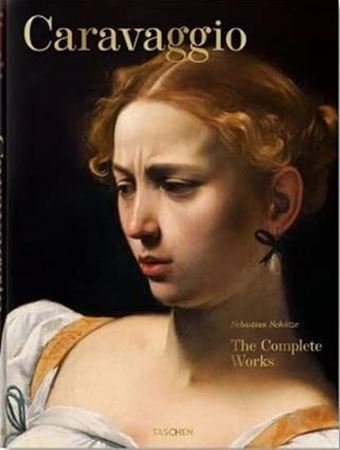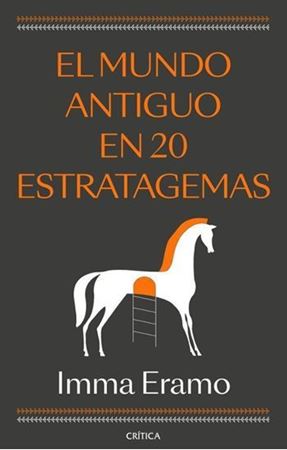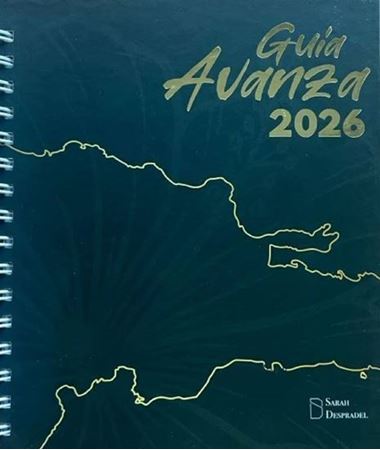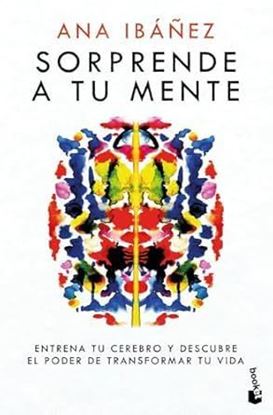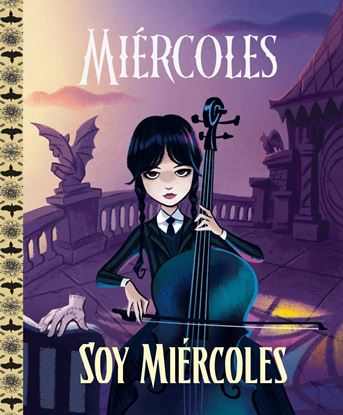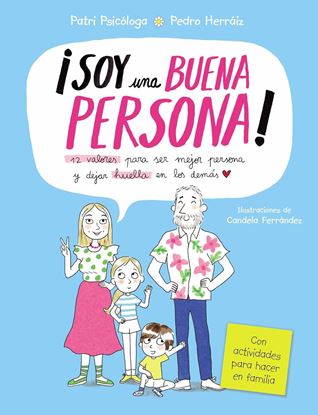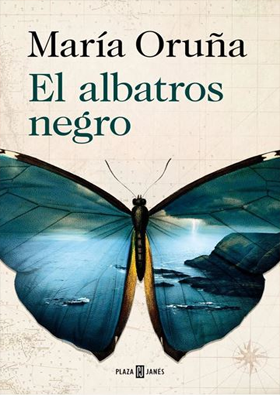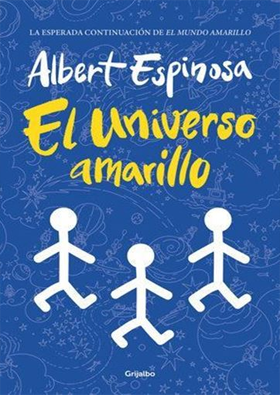

NOVEDADES
SORPRENDE A TU MENTE (BOL)
Desde respirar ―pasando por comer o dormir― hasta la capacidad para razonar, para enamorarnos o para discutir con alguien, todo lo que hacemos pasa por el control cerebral. Nuestro cerebro define quiénes somos y qué potencial tenemos, y entrenarlo para sacarle el máximo partido es posible.
950
SOY MIERCOLES
La historia sigue los misterios sobrenaturales investigados por Miércoles Addams durante su etapa como estudiante en la academia Nunca Más.
Con hermosas ilustraciones a todo color, este libro es perfecto para niños de 2 a 5 años y para fans de Miércoles de todas las edades.
1,100
SOY UNA BUENA PERSONA. 12 VALORES PARA S
¿A qué nos referimos cuando deseamos que nuestros hijos, alumnos y amigos sean personas de éxito? ¿A tener muchas riquezas, fama y likes, o a ser buenas personas que puedan construir relaciones sólidas y positivas, con una autoestima sana y cuya honestidad, bondad, esperanza, justicia... sean su carta de presentación? ¿Qué es más importante para alcanzar una vida buena? ¿Qué legado como padres o maestros deseamos dejar en nuestros hijos? La huella que dejemos en ellos será el punto de mira que marquen en el horizonte para aspirar a una vida con sentido.
¡Soy una buena persona! es un libro de valores ilustrado a todo color que ayuda a desarrollar una personalidad bella, buena y verdadera en nuestros menores.
RESPETO, GENEROSIDAD, AMOR, JUSTICIA, ESFUERZO, RESPONSABILIDAD, GRATITUD, PACIENCIA, COMPASIÓN, PERDÓN, BONDAD, y ESPERANZA.
1,350
SPECIALS (ESPECIALES) (TRAICION 3)
Ya hace mucho tiempo que Tally dejó de ser una imperfecta rebelde e indisciplinada. Por aquel entonces, ella aún creía que los especiales no eran más que un rumor siniestro y aterrador: de ellos se decía que eran veloces, atractivos y crueles como nadie. Irónicamente, el destino la ha llevado a convertirse en especial, y, tras someterse a la más sofisticada de las operaciones quirúrgicas, ha recibido una misión: acabar con la resistencia...
1,350
SPIDER-MAN. DESTROZA ESTE LIBRO
Y es que aquí sólo hay una regla: ¡Destruye todo!Pinta, rompe, raya y deja que el caos fluya en cada página. Libera tu sentido arácnido para experimentar y crear sin límites, tal y como lo haría un verdadero Súper Héroe araña.
600
SPIDEY Y SUS SORPREDENTES AMIGOS.
¿Te imaginas SER COMO SPIDEY, GHOST-SPIDER o SPIN y salvar la ciudad? Vive un día lleno de juegos y aventuras. Elige tus escenarios de batalla, los superpoderes que tienes e incluso al villano a vencer.Cada página es una invitación para SOÑAR, IMAGINAR y CREAR MOMENTOS MÁGICOS CON TODOS EN CASA.
600
SPIRIT WORLDS. THE LIBRARY OF ESOTERICA
A voyage through mysterious and haunted lands, the sixth volume of The Library Esoterica delves into the art, rituals, and global mythologies of the spirit realms. Unearthing our complex beliefs around death, rebirth and resurrection, we explore the art, traditions and ancient stories of the afterlife. Through interviews with scholars and practicioners, insightful essays and over 400 works of visionary art, Spirit Worlds delves into the shadows of the supernatural, from dark domains of ghosts and demons to the light-filled lands of angels and celestial beings.
2,500
STEM DIVERTIDO MIS PRIMERAS 100 PALABRAS
DESPIERTA LA CURIOSIDAD DE TU PEQUEÑO GENIO CON MIS PRIMERAS 100 PALABRAS DE CIENCIA.
750
STEM DIVERTIDO MIS PRIMERAS 100 PALABRAS
DESPIERTA LA CURIOSIDAD DE TU PEQUEÑO GENIO CON MIS PRIMERAS 100 PALABRAS DEL ESPACIO.
700


